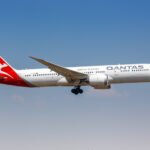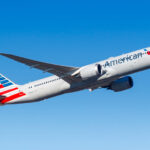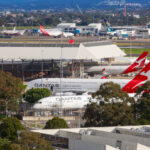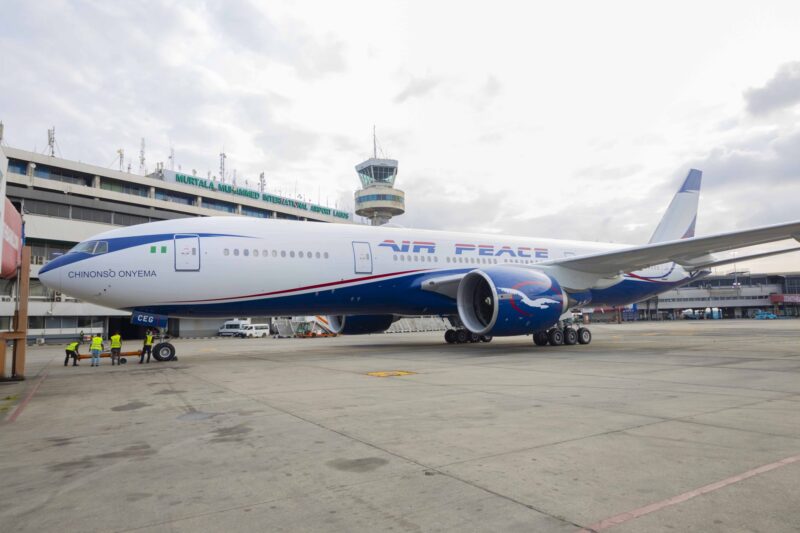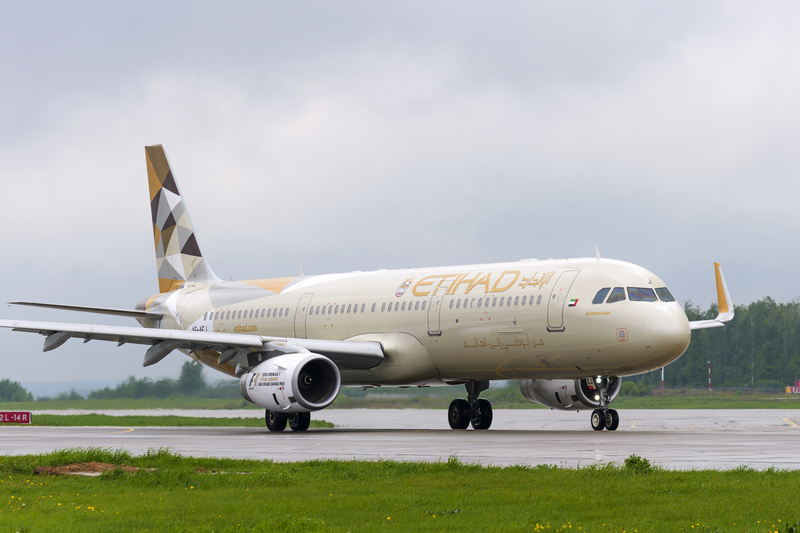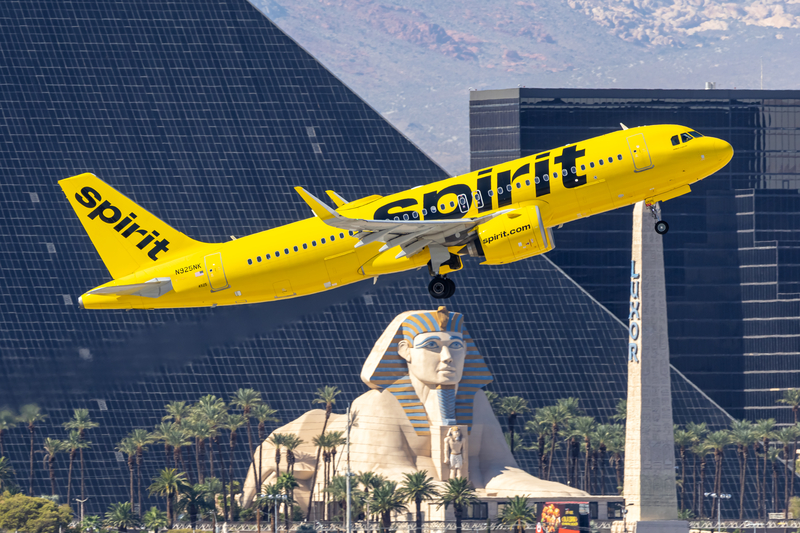Virgin Australia Overtakes Qantas in Domestic Market Share
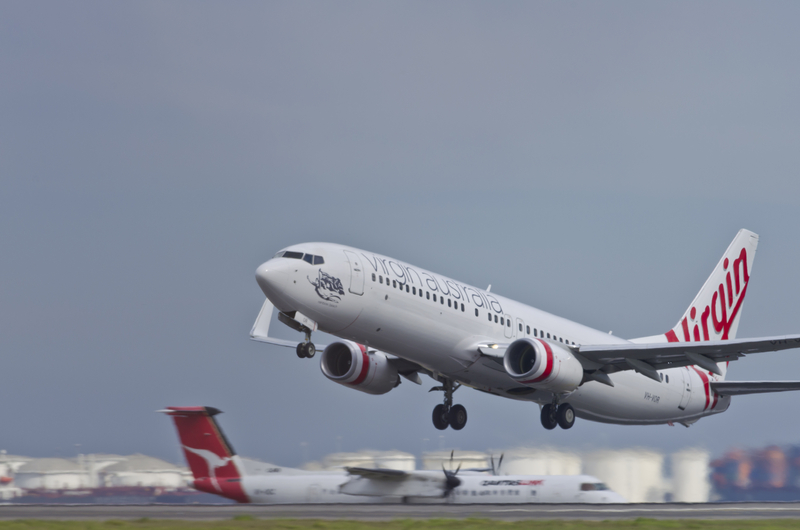
ID 64899492 © Thesmid | Dreamstime.com
Virgin Australia has officially surpassed Qantas as the largest domestic airline in Australia, achieving a 35% market share in December 2024. This marks a significant milestone for Virgin Australia, which now holds a slight edge over Qantas’ 34.6% share, according to the latest report from the Australian Competition and Consumer Commission (ACCC). The shift underscores evolving competition in the Australian aviation market, driven by changes in fleet expansion, passenger preferences, and shifting corporate travel dynamics.
Virgin Australia’s Growth Strategy
Virgin Australia’s ascension to the top of the domestic market has been fueled by fleet expansion and strategic route optimization. The airline has recently acquired three Boeing 737 aircraft from regional competitor Rex Airlines and introduced additional 737 MAX 8 aircraft into its fleet. These additions have allowed the carrier to increase capacity on key domestic routes and improve operational efficiency.
The airline has also focused on customer experience improvements, positioning itself as a strong alternative to both the premium Qantas brand and the ultra-low-cost Jetstar. Virgin’s commitment to maintaining a balanced pricing strategy, while still offering premium cabin options and a frequent flyer program, has attracted both leisure and business travelers.
Impact of Corporate and Leisure Travel Trends
One of the key drivers behind Virgin Australia’s market share increase has been the continued strength of the leisure travel sector, which has rebounded strongly post-pandemic. With corporate travel demand declining, airlines have had to recalibrate their focus toward leisure and small business travelers. Virgin’s ability to cater to these segments with flexible fare structures and frequent flights has proven advantageous.
The ACCC report highlighted that Virgin Australia’s load factors have reached 93.4%, reflecting robust demand on its domestic routes. In contrast, Qantas has been recalibrating its network following operational disruptions in 2023, including pilot shortages and fleet maintenance challenges.
Qantas Responds with Fleet and Capacity Enhancements
Despite losing its top position in the domestic market, Qantas remains a dominant player and has already announced countermeasures to reclaim its lead. The airline is introducing 300,000 additional seats in the first half of 2025, largely through its new fleet additions, which include the Airbus A220 and additional Boeing 737 aircraft.
Qantas is also enhancing its customer service strategy, addressing past concerns about flight cancellations and baggage handling. The airline continues to leverage its strong Frequent Flyer program and premium lounge network to maintain loyalty among high-value customers.
The Role of Jetstar and Regional Carriers
While Virgin Australia and Qantas compete for dominance, Jetstar, Qantas’ low-cost subsidiary, has seen continued demand, especially in price-sensitive markets. The carrier has been a strong performer on major domestic routes, with its ultra-low-cost pricing model attracting budget-conscious travelers. However, as Virgin Australia expands its fleet and route network, Jetstar could face increased competition from a more price-competitive Virgin.
Additionally, regional players such as Rex Airlines and Bonza continue to capture niche segments, particularly in underserved markets. Rex, despite selling aircraft to Virgin, remains a key player in regional connectivity, while Bonza’s expansion into secondary city pairings aims to capitalize on pent-up demand for non-traditional routes.
Airfare Trends and Consumer Impact
With increased competition, domestic airfares in Australia have remained relatively stable despite fluctuations in fuel costs. The ACCC report noted that travelers on major city-to-city routes (such as Sydney-Melbourne (SYD-MEL) and Brisbane-Sydney (BNE-SYD)) have benefited from lower fares due to heightened competition. However, regional travelers continue to face higher airfare costs, as market dynamics in those areas remain less competitive.
Passenger feedback has also emphasized improvements in on-time performance and overall service for both Virgin Australia and Qantas, with both airlines prioritizing reliability and efficiency in their operations.
Bottom Line
Virgin Australia’s rise to the top of the domestic market share rankings marks a significant turning point in Australia’s aviation industry. With a 35% market share, the airline has edged out Qantas for the first time in decades, a testament to its strategic fleet growth, customer-centric approach, and agility in responding to market shifts.
However, the competition is far from over. Qantas is actively bolstering its capacity, while Jetstar and regional airlines continue to play influential roles in shaping the domestic market landscape. As Virgin Australia seeks to solidify its leadership position, travelers can expect continued competitive pricing, enhanced service offerings, and greater connectivity across the country.
The coming months will be critical as Qantas seeks to regain lost ground, and Virgin Australia works to sustain its lead. The evolving competition between these carriers will ultimately benefit consumers, offering more choices, better service, and improved travel experiences across Australia’s domestic aviation network.
